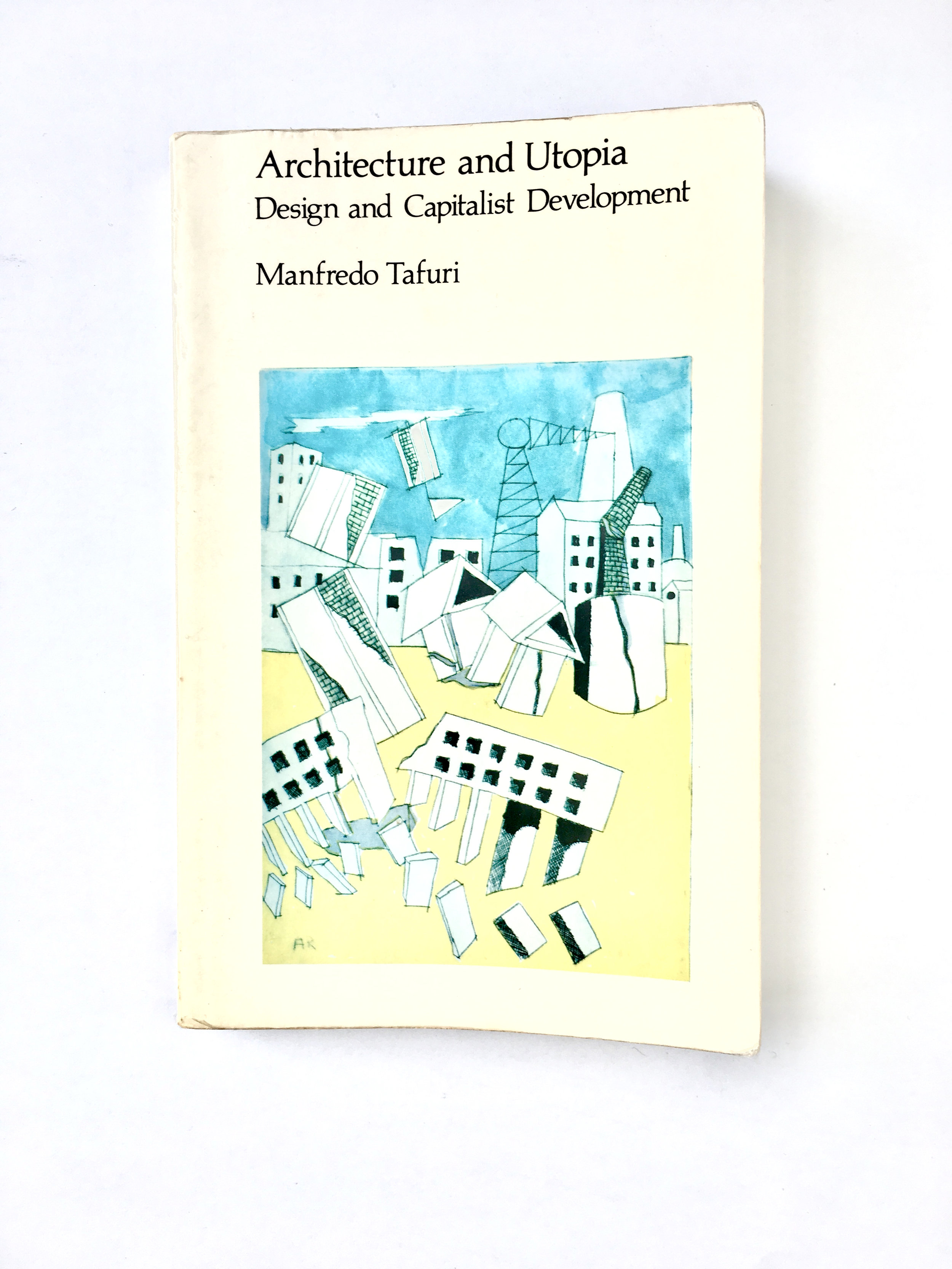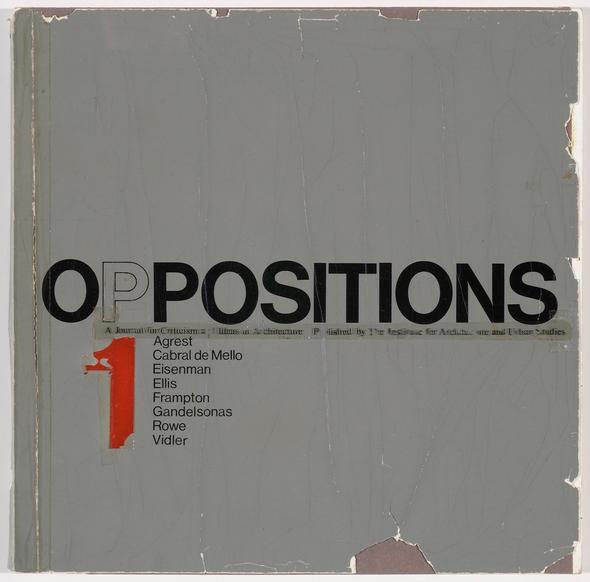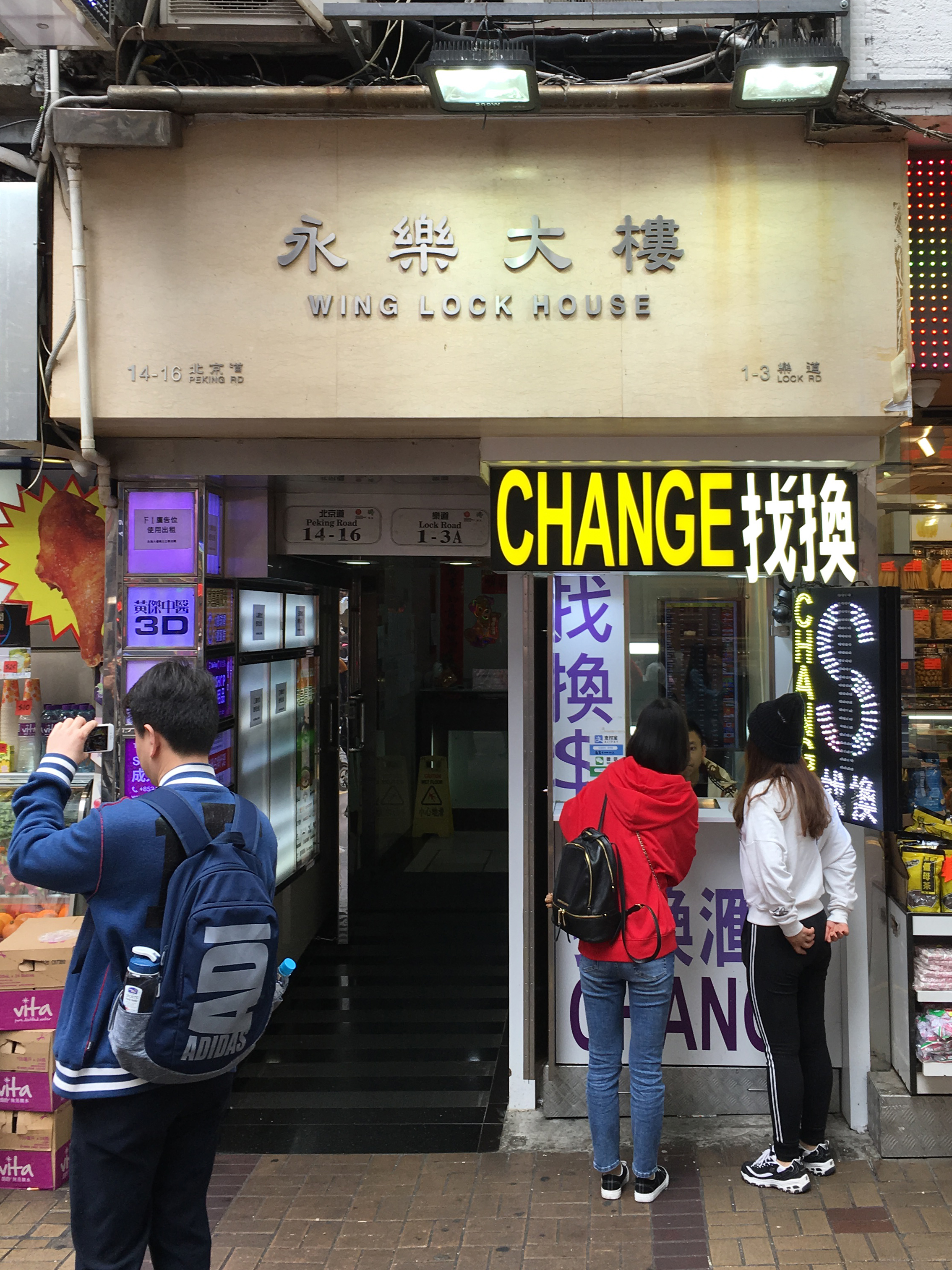Critical architectural practice in Hong Kong is part and parcel to offer both engagement with and resistance to a development model based heavily on land-economy. A phenomenon created by the overlapping of three conditions: land shortage, planning policy and influx of legal and illegal immigrants. The first and major policy to affect this evolving and challenging practice was defined in the “Colony Outline Plan” published in 1965 where large scale New Town planning was advanced to expand the limits of the colonial territory.
Through the reclamation of lands and construction of infrastructures and buildings, the execution of policy consequently has increased the construction output of the city for decades to come. However, under this directive the production of architecture is largely synonymous with and diminishable to the financial bottom line where form follows faithfully the buildable area, across scales from urban spaces, public buildings to private dwellings. The distress of these three conditions has given rise to a number of building typologies and spatial praxis reflective of the constraints.
One such example is the Municipal Services Building, which began surfacing in 1978 as a government-led effort to provide district-based enhancement of the public life through work, leisure and intellectual development in a self-contained architectural form. This paper examines its performance, and the possibility to transgress within a system formulated upon a capital-driven land-economy.
Critical architecture as enunciated by the architectural provocateurs of —Manfredo Tafuri, Michael Hays and Peter Eisenman— as having the ambition to critique the normative practice by resisting market-driven forces (Tafuri)[i] and; to search for an abstract and autonomous perfection of form to express the architectural truth (Hays)[ii]or; concerns the possibility of knowledge against any accommodation with the status quo (Eisenman)[iii], I would argue does not exist in Hong Kong, or within the sphere of its pursuits. Michael Speaks made a similar observation when he pointedly announced “theory was interesting or at least not harmful when there was no work; but now that we have work we must leave thinking for later.”[iv]
The uninterrupted investment provided ample construction opportunities for the greater architectural industry, giving no impetus to confront the notion of a utopian architecture as described by Tafuri where he claims, in order to achieve an utopian architecture, architects must bring an end to capitalism.[v] Well, in the case of Hong Kong, the marketization is so engrained and pervasive that the discussion of the "critical architecture" has never entered into the debate. Autonomous perfection of form instead is driven by the knowledge of the spreadsheet, a kind of architectural form mutated from the criterion of carpetable and non-carpetable areas, where architecture is analyzed by its effective efficiency. Eisenman attributes this absence of criticality to the lacking of an enabling mechanism to support critical architecture, hence “to build in emerging countries requires accommodation rather than transgression.”[vi]
Critical spatial practice when defined as the “modes of self-reflective artistic and architectural practice which seek to question and to transform the social conditions of the sites into which they intervene”[vii] can be detected in reinterpreted forms within this densely populated, capital-conscious and land-scarce city. Productive ways of appropriating unfavorable conditions have emerged from under-privileged sites for those living on the fringe. For example, a barber who sets up a temporary business alongside a construction hoarding is one of the many scenes one could find in this city where critical praxis exist, see Figure 2. It begs the question what is the minimal sheltering one need to operate a barbershop? In this instance, an overhang, a mirror, chair, pair of scissors, a ritual calendar and an entrepreneurial spirit is all one needs to set up a barbershop. In the older fabrics of Kowloon, tactics are parasitically deployed to appropriate residual spaces underneath stairs, in between alleyways, where small business operates such as a shoe or watch repair store. The business-minded spirit is typically supported by an inventive use of constrained spaces. In the touristy neighborhoods of Tsim Sha Tsui, it is not difficult to find diminutive money exchange booths, some of which measure less than 0.5 meters deep by 1 meter wide. The miniscule scale of the exchange stalls over shadows the fact that shops like these play an extremely important role in not only servicing the tourists, but those Foreign Domestic Workers who sent their remittance to the Philippines and Indonesia annually, estimated at 800 million U.S. dollars[viii].
The implicit critique to the normative and the accepted practices can be understood, I would argue as a conditional situation forced upon those on the fringe by the developmental policy hence, the critical spatial practice is the practiced act of survival.
[i] Michael Speaks, "After Theory." Architectural Record, June 2005: 72-75.
[ii] K. Michael Hays,. "Critical Architecture: Between Culture and Form." Perspecta Vol. 21, 1984: 14-29.
[iii] Peter Eisenman, "Autonomy and the Will to the Critical." Assemblage, No. 41, 2000: 90-91.
[iv] Michael Speaks, Architectural Theory and Education at the Millennium, Part 3, Theory Practice and Pragmatism, A+U: Architecture and Urbanism 372 no.
[v] Manfredo Tafuri, Architecture and Utopia, Design and Capitalist Development. Cambridge, Massachusettes: MIT Press, 1976.
[vi] Peter Eisenman, "Critical Architecture in a Geopolitical World." Edited by Cynthia C. Davidson and Ismaïl Serageldin. Architecture Beyond Architecture (Academy Editions), 1995: 78-81.
[vii] Jane Randell, "A Place Between Art, Architecture and Critical Theory." Place and Location. Tallinn, 2003. 221-233.
[viii] According to a 2006 report conducted by Asian Development Bank, Workers' Remittance Flows in Southeast Asia.
Drawings by Lam Man Millyan





